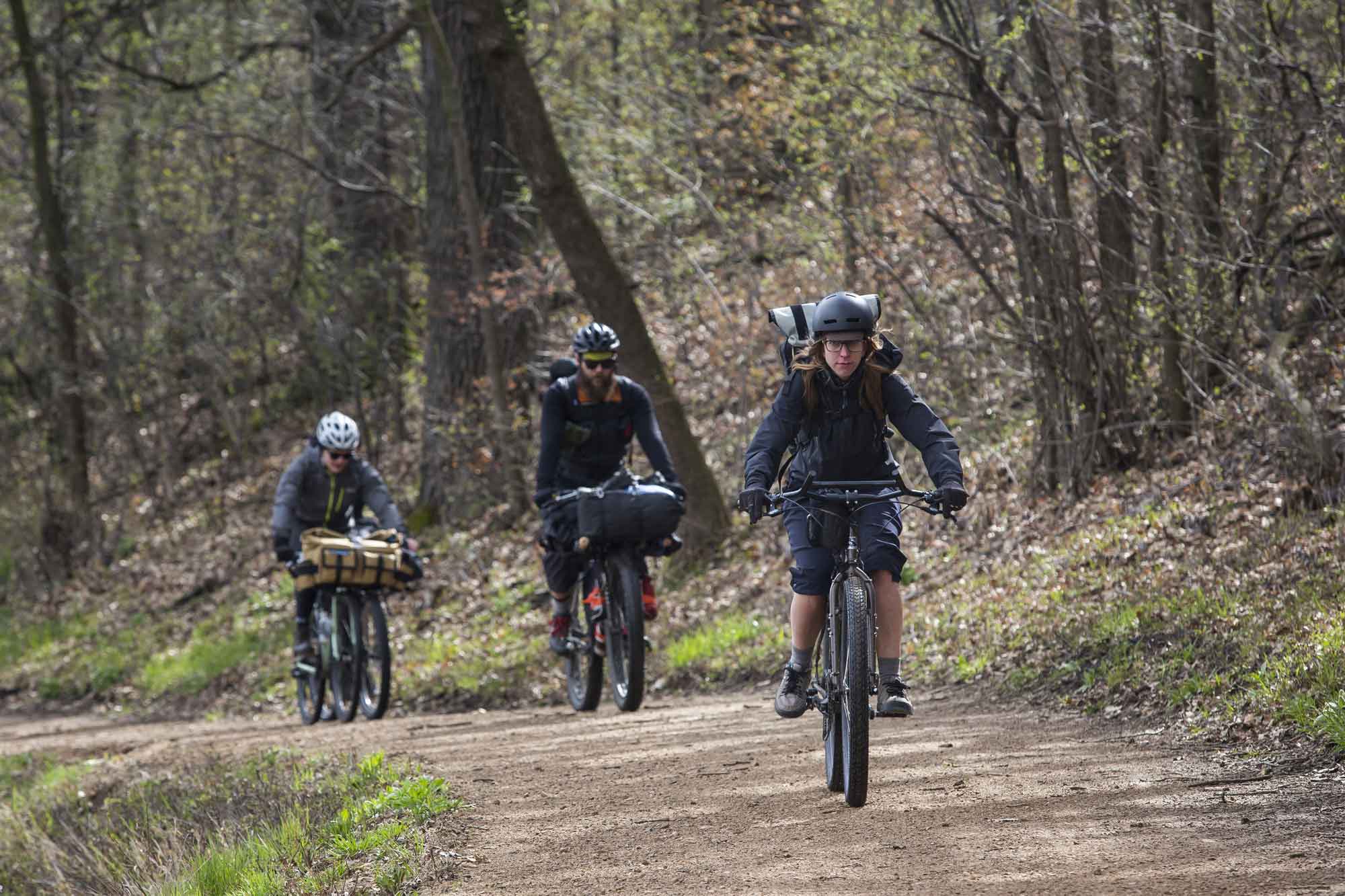Greetings Humanoids,
Everyone’s riding gravel these days — your cousins, your coworker who pickles their own vegetables, even the realtor who sold you your first house. You haven’t really talked to him since that final inspection went sideways, but there he is in your Facebook feed, riding the rolling hills of rural Idaho and Oklahoma with hundreds of spandexed strangers.
But gravel wasn’t always the prize pig at the county fair. For a long time, you either rode your road bike on the road or your trail bike on the trail. Anything else was a shortcut, a detour, or an afterthought.
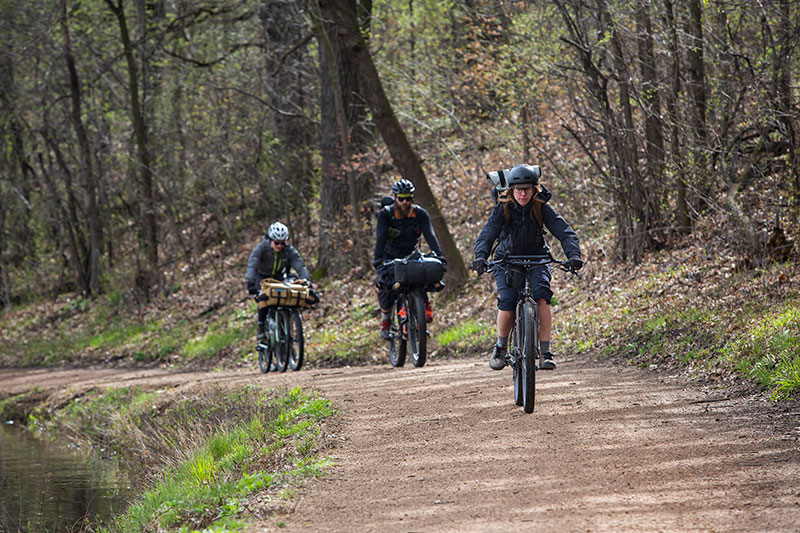
At Surly, however, we’ve always been drawn to overlooked thoroughfares and strange diversions. Take this blog from 2015 for a spin if you want. Or consider the Surly Pacer. Introduced in the early aughts (and since retired), Pacer was really the first bike of its kind — road geo, curly bars, decidedly wide tire clearance. Proto-gravel, through and through. We weren’t trying to create some new category with it; we just wanted to test some boundaries and make a bike suited for the kind of riding we were into.
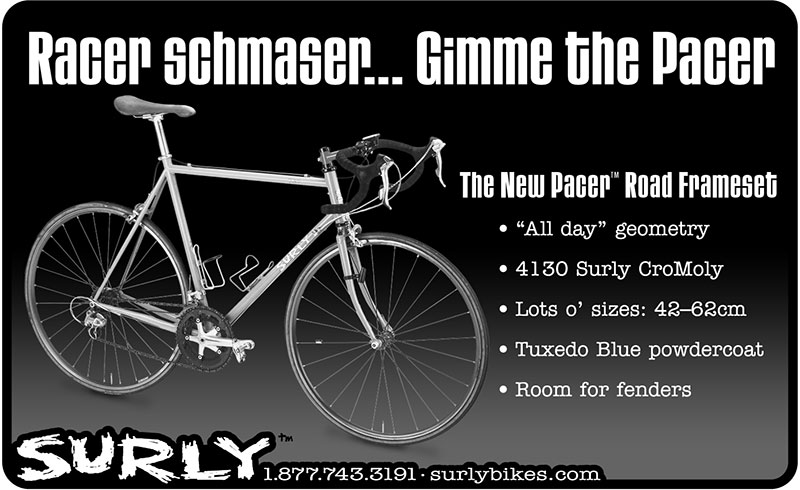
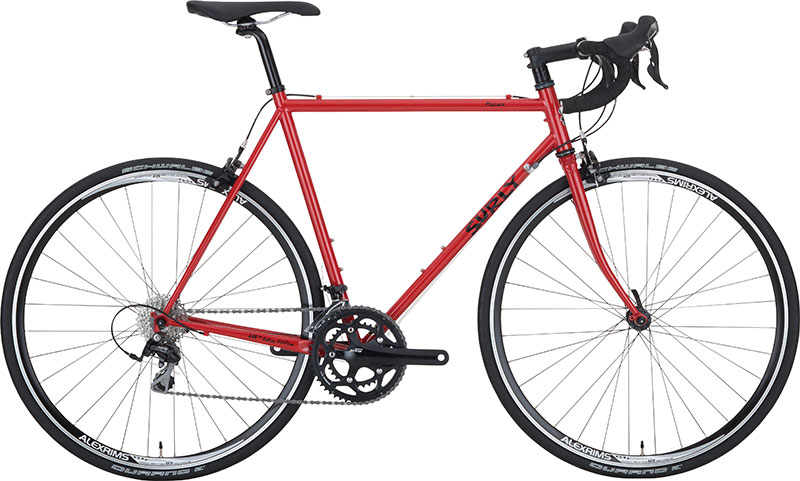
Equipment has since evolved to better handle the abuses inherent to riding on gravel. Whether you call them gravel platforms, all-road bikes, mixed-terrain specialists, or adventure rigs, they’re built to be faster than an MTB and tougher than a standard road bike. In all honesty, they’re some of the most versatile drop-bar bikes available. Are gravel bikes good on the road, you ask? Designed to withstand ruts, peanut butter mud, and rocky roads, yes, they perform efficiently on plain-ass vanilla roads too. As a result, anyone feeling bored with blacktop tours and tidy mountain loops has a whole new terrain to investigate — and the tools to do it.
But if you’re tired of sharing the road with a bunch of cars, sick of stopping at every red light on your route, or just hungry for new scenery, you really don’t need the fastest or fanciest gravel road bike you can find; you can give it a shot with whatever ya got. After all, not too long ago humanoids were performing gravel recon on whatever MTBs and cross bikes they had on hand — and they were having a good time.
We have some other thoughts on the subject, so pour yourself a glass of cool tap water and settle in while we unravel gravel.
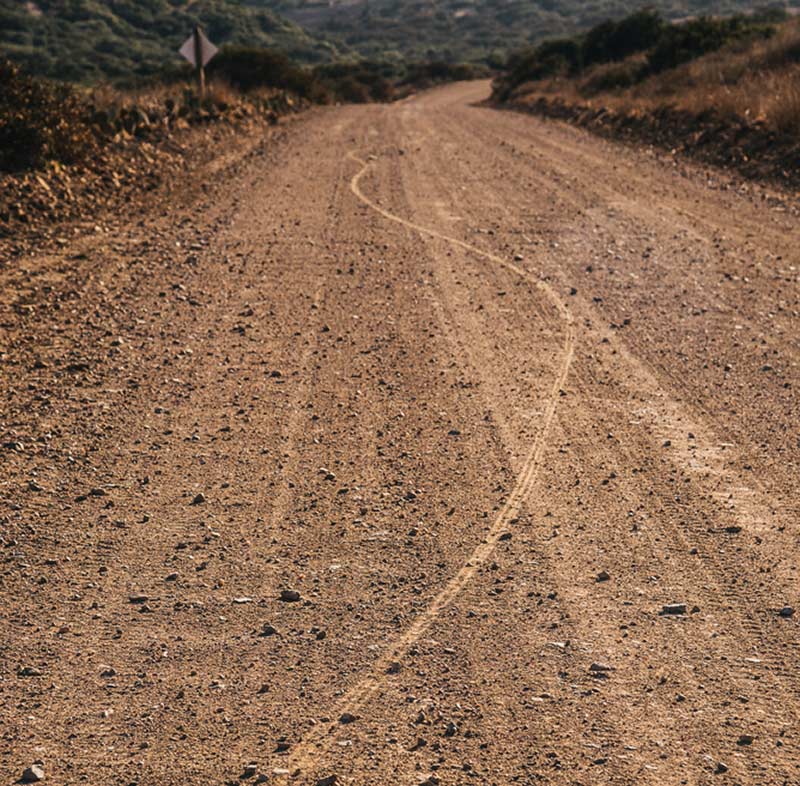
Every Bike Is a Gravel Bike When You Ride it on Gravel
If you wear an old Slayer t-shirt to a wedding, it’s formal wear. If you tie a string to a stick and catch a few crappies, it’s a fishing pole. And if you ride out to some rural country road with John Denver piped through the speakers and you come back home covered in dirt and grime, you did it on a gravel bike. Don’t let anyone tell you different.
With that out of the way, here’s a high-level look at some of the features that could make your gravel experience more pleasurable.
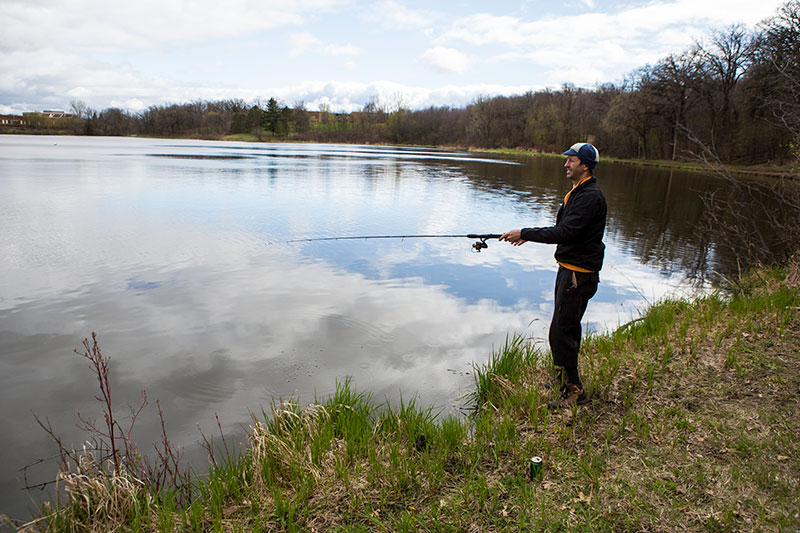
What is Gravel Geo?
Designed to provide stability on uneven terrain, handle loose descents, and navigate obstacles like ruts and bumps and rocks, gravel bikes have a slightly longer wheelbase and slacker head angle than the average road bike. The bottom bracket is usually lower too, dropping the center of gravity and further improving stability. Gravel bikes also have a shorter reach and a more upright riding position. This makes them less aerodynamic than a road bike, but that’s fine. You won’t cramp up as easily, and your weight will be better distributed for handling tricky sections.
If all this sounds more complicated than you want it to be, you might keep it real simple and have a good time riding gravel on a road bike with wide tire clearance or a vintage MTB outfitted with our Corner Bar.
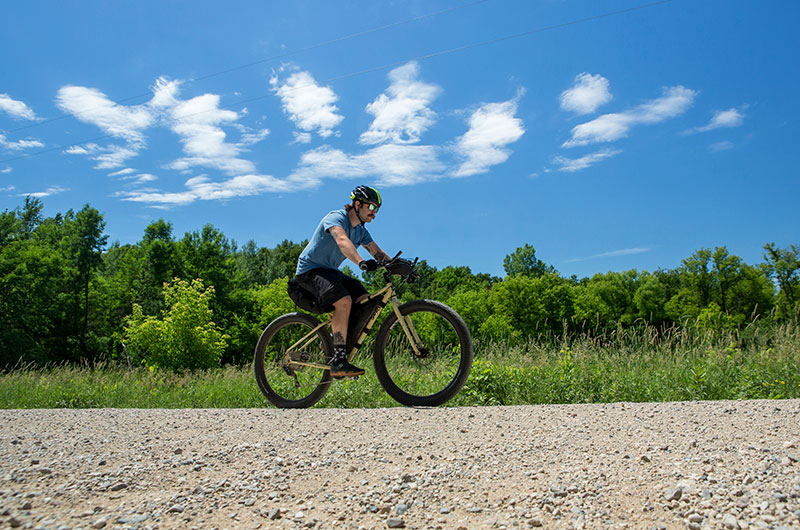
Gravel Drivetrains
With more bike companies playing in the gravel space and more riders looking to join the party, there’s no shortage of choices for building up your gravel rig’s drivetrain. While it’s still common to see double or even triple chainrings on road bikes, MTBs and gravel setups have moved pretty decisively toward 1x setups. Going with a double chainring on your gravel bike might be a good idea if you plan on climbing a bunch of terrible hills, but a single chainring will reduce the number of parts that might break or wear down under all that road chatter and grime.
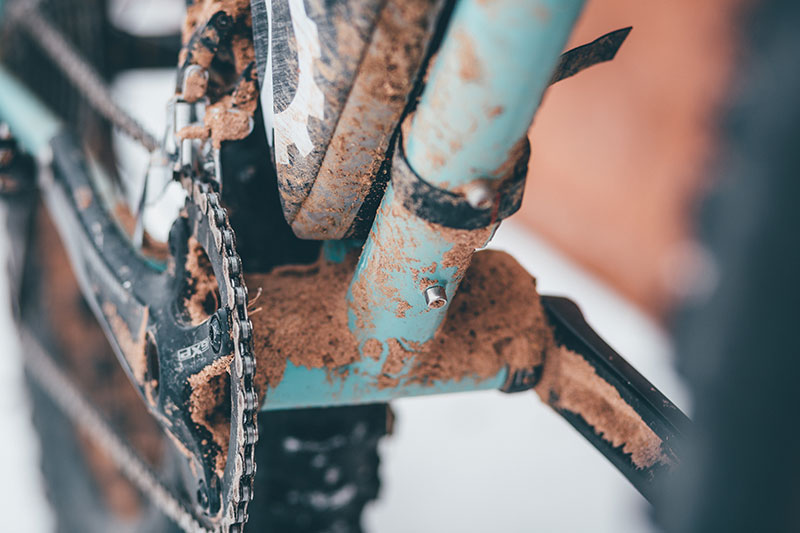
In terms of gearing, the folks at Wolf Tooth have mapped out some worthwhile options. A 40t chainring can handle flat roads and rolling hills alike. For more top-end speed, go with 42t or even 44t. For easier pedaling up steep slopes, using a 36t or 38t chainring will provide a smaller gear or two. Finally, running an 11–40t cassette in the back will give you a bunch of gears to choose from, especially at ratios of 1:1 or lower. In this ballpark you’ll be able to handle steep climbs on loose surfaces, as well as weekend bikepacking trips under load.
But hey, if you want to go single speed while paying zero attention to your gear ratio, you can do that too. You might walk up a few hills and be the last one home, and that’s fine. Parties interested in further reading on the subject of single-speed gearing are invited to click here.
How to Stop a Gravel Bike
Disc brakes provide loads of stopping power. They’re also reliable in the wet and/or sloppy conditions you’ll find on occasion when you abandon pavement. This is why so many gravel bikes come stock with disc brakes. But rim brakes have been around a long time and they’ve seen plenty of action on shitty surfaces. If anyone scoffs at you for running rim brakes during your next gravel ride, tell them they can sit on it. The goal with gravel isn’t to have the same bike and brake setup as everyone else — it’s to have fun doing whatever the hell you want. Whatever brakes you run, the key to safe and reliable stopping on any surface is regular maintenance. Keep your cables and components clean and free of debris and you’ll avoid misfortune when and where misfortune can be avoided.
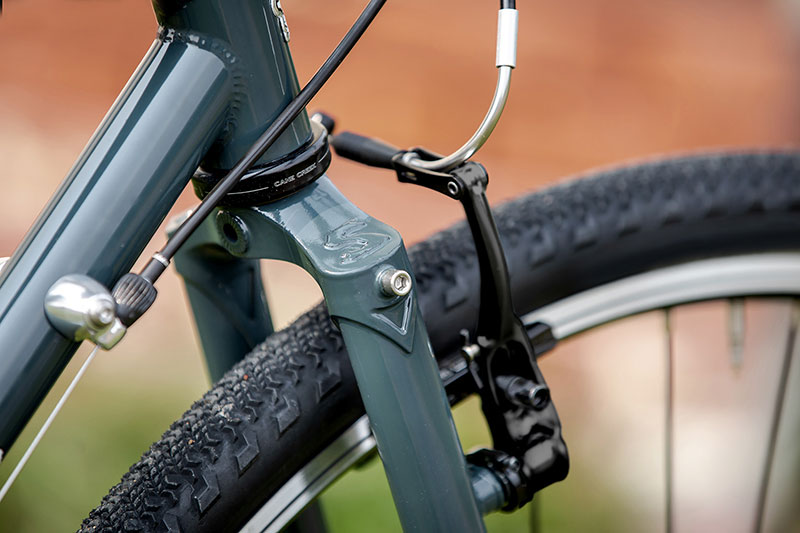
Accessory Mounts, Barnacles, Braze-ons, Zits, etc.
A big part of the allure of unpaved surfaces is getting away from cars, traffic, people, and the “conveniences” of modern life. Riding way out in the middle of somewhere, however, means you’ll find fewer places to stop for snacks, bevvies, or repairs. Faced with this dilemma, you can A) not ride on gravel, or B) carry all the crap you might need along the way.
Modern gravel bikes often feature mounts for racks, fenders, top tube bags, frame bags, multiple water bottles, and more. Some’ll even have mounts on the fork for additional water bottles or cargo carriers like an Anything Cage.
In the absence of mounts, you might find our cargo straps useful. Hell, they’re useful regardless of your findings. The bottom line, though, is getting your gear, tools, and other cargo off your back and onto the frame will make for a more comfortable ride. You can still go for your long weekend ride with a backpack if you like, but leaving all your tools, water, and bananas at home isn’t advised.
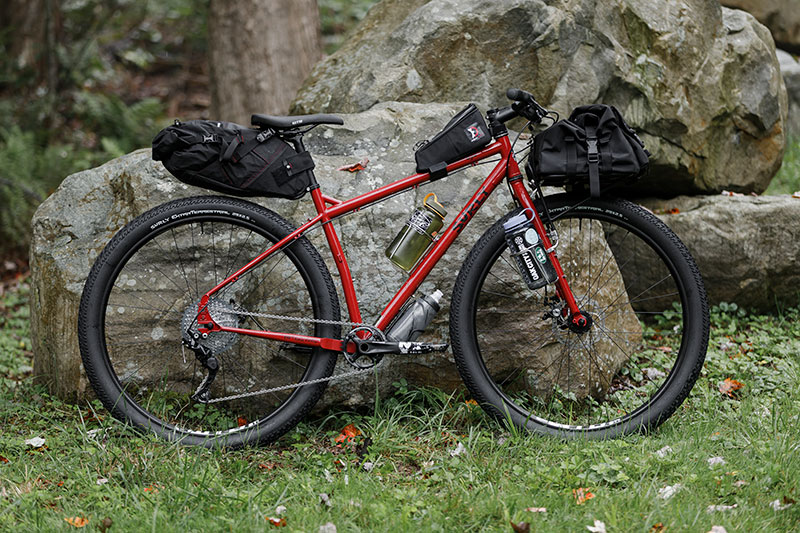
Wheels, Tires, and Clearance
You’ve heard us talk about Fatties Fit Fine before. Check out this video on the subject for a refresher. In short, we build generous tire clearance into our frames because large tires contribute to greater rider comfort and improved control and stability, and extra space means you can remove and install the wheels more easily. That extra space comes in handy on gravel, too, preventing mud and other debris from getting stuck between rubber and steel. Further, extra tire clearance means you’ve got more options for choosing whatever wheels and tires you want to run — 700c, 650b, it’s your call.
Riders looking for speed and efficiency might lean toward a 700c setup with a fast-rolling tire. If you’re after a little more cushion and traction on rough, harsh, loose, or messy surfaces, 650b wheels leave more space for wider tires with bigger knobs.
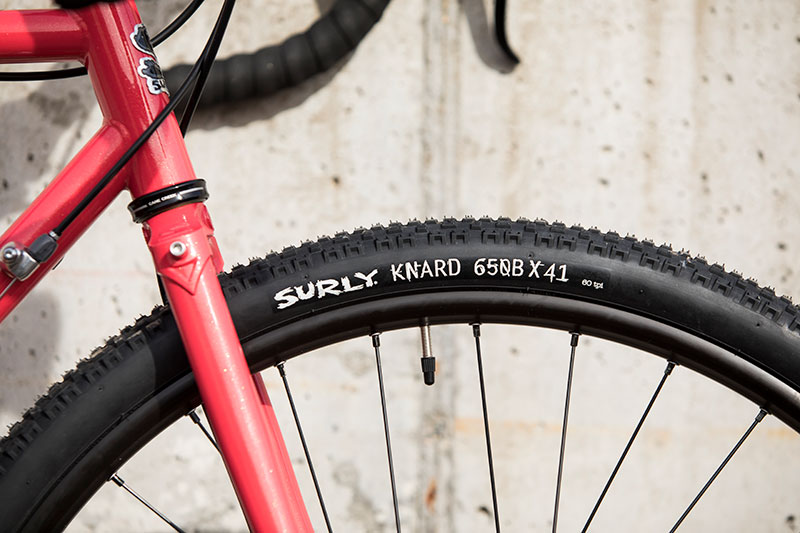
We offer the Surly ExtraTerrestrial in both wheel sizes and a variety of widths. A heavy-duty off-road touring tire that shines on hardpack surfaces, it’s wide enough to provide traction on looser stuff while offering minimal rolling resistance as you skate above the substrate.
Our Knard tires, on the other hand, feature a tightly spaced, low-block tread pattern for plenty of grip without slowing you down, and like the ETs they come in both 700c and 650b sizes.
In terms of width, 33-38mm is a sweet spot for gravel tires. For uncharted territory, singletrack, or extra comfort on whatever, consider going with 40-44mm tires — or even wider. Whatever size you choose, though, check your frame’s tire clearance before reaching for your coin purse.
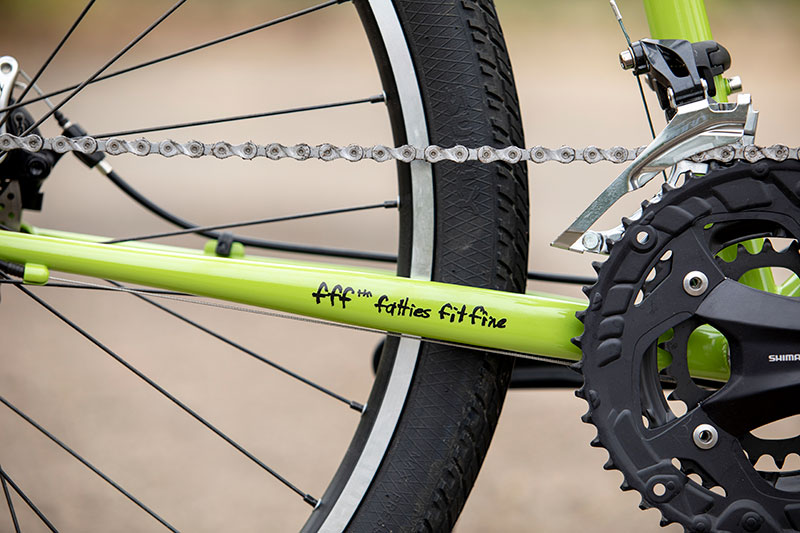
Some Bicycles You May Enjoy Riding on Gravel
Congratulations, you are now armed with the bare-minimum amount information you need to set out on a grand gravel adventure — or a chill Tuesday evening ride, whatever. But if you truly feel the bike in your storage space isn’t up to the task, or if you, uh, don’t exactly have a bike yet, here’s a rundown of a few Surly models you might want to inquire about at your local independent bicycle retailer. They’re all made of 100% Surly Chromoly steel, which does a superlative job soaking up road chatter.
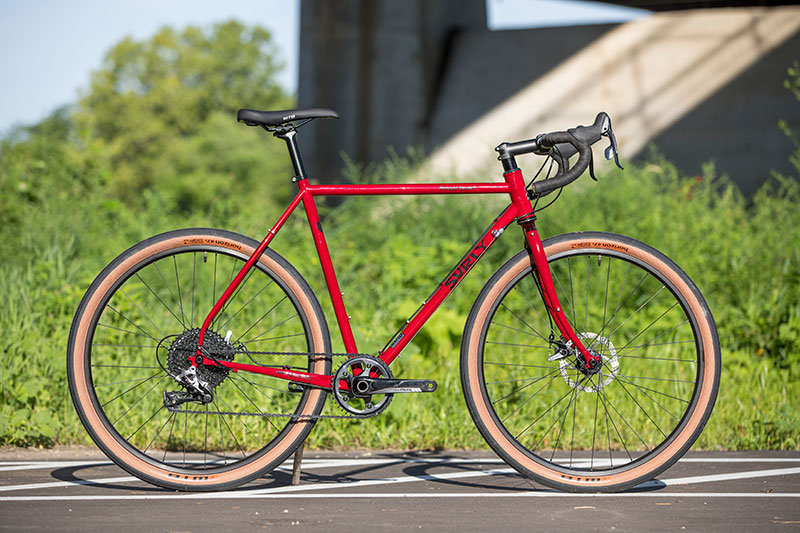
Midnight Special – A road plus bike designed for comfort and speed when your all-day ride veers off pavement, Midnight Special is built around 650b wheels with clearance for mammoth tires up to 60mm wide (700c x 42mm tires also fit). If you want to ride real ugly shit and come home feeling fresher than a set of bedsheets blowin’ in the breeze, screenshot this bike, print it off, and tape it up somewhere highly visible so you don’t forget about it.
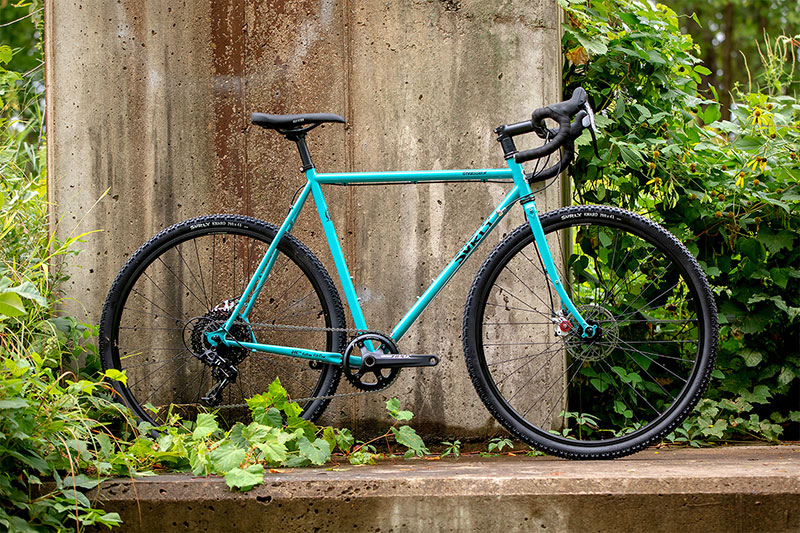
Straggler – Available in 650b and 700c wheel diameters — and able to clear tires up to 41mm wide — Straggler doesn’t blink at rough road rides or light bikepacking loads. With accommodations for racks, bags, and fenders, it can carry whatever you need between stops along that lonely stretch of gravel you’ve been eyeing.
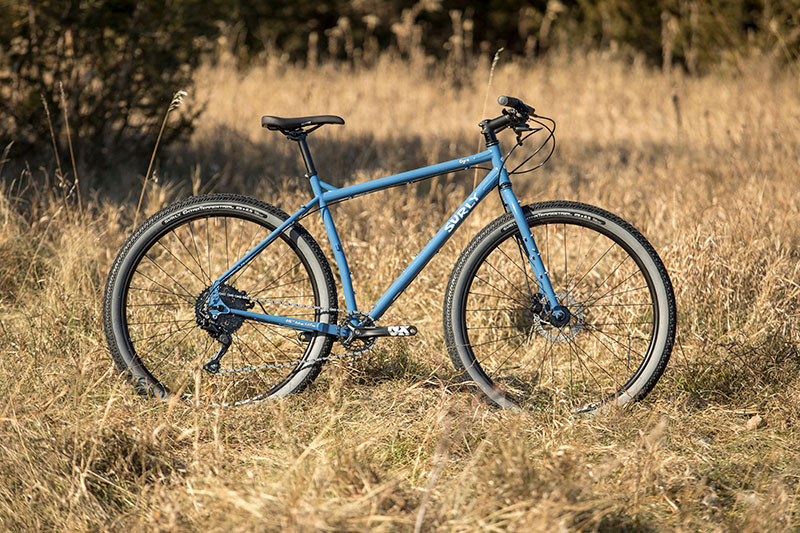
Ogre – With barnacles for racks and fenders, plus mid-blade mounts as well as multiple three-pack mounts on the fork, Ogre takes hauling capabilities to the next level. It offers clearance for 29 x 2.5” or 27.5 x 2.8” tires, promising comfort, traction, and control on whatever unpaved surface you dream up. For gravel rides that become weekend trips through backcountry singletrack, Ogre is the beast for the job.
The End
So, there you have it! A gravel primer. As always, take the tips you like and throw out the rest. Riding gravel is about seeing cool shit and having an excellent time, and nobody knows what you’re going to enjoy better than you.

 Surly Bikes
Surly Bikes